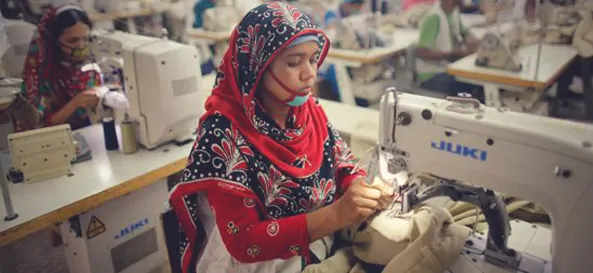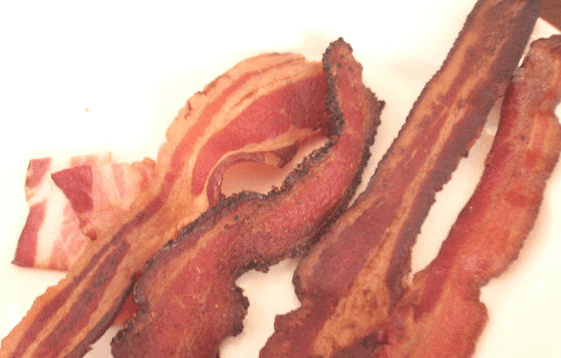
I was excited when Ikea opened its 309,000 square foot store in Orlando in 2007. “Now I can get good-looking furniture that doesn’t cost a ton,” I though to myself. So, after the grand opening crowds subsided, I showed up, bought some stuff, took it home and assembled it. It wasn’t long before the threads started to fray and the materials began to fall apart.
“I guess this could actually be a good thing. By the time this stuff falls apart, I’ll be ready for a new style anyway.”
Disposability has become an increasing theme in our buying habits. H&M, Forever 21 and Zara have led the way in the disposable fashion industry. Their model is to have continual cycles of new clothing options at low costs to keep the consumer buying. We no longer make purchasing decisions based on craftsmanship and longevity, but on affordability and the disposability of style.
But disposability and low prices always have a hidden price. We saw a glimpse into this cost when a garment factory in Bangladesh collapsed last month, killing more than 1,000 people.
But this epidemic of disposability isn’t simply tied to our buying practices. It’s a new way of detached living. We have a reluctance to invest in any facet of our lives. We’ve settled into the comfort of being able to throw things out when they no longer interest us or make us feel good. We’ve grown accustomed to the high of new. And like the factory in Bangladesh, there are dire consequences to our lack of longevity.
What are the consequences of a disposable life?
- Short term relationships: From high divorce rates to the lack of intimacy and depth in friendships.
- Transience: An unwillingness to invest in place leads to neighborhoods where neighbors don’t know one another and crime increases. We hop from place to place, people group to people group, club to club, church to church – without a sense of meaning and investment.
- Emotional detachment: We enter into relationships with people and things without an expectation of deep investment.
- Dissatisfaction: We grow accustomed to dissatisfaction and embrace the idea that happiness comes from a search for something to make us happy instead of investing in longevity.
For millennia, people have lived with a sense of longevity and investment with the people, places and things of their lives—defending a village, cultivating a farm or valuing a possession.
So why do we value a disposable life, anyway?
Because it’s safe. We’d rather spend $10 on a poorly crafted item of clothing because it’s less of an investment. If we don’t like it in a week, we can throw it away guilt-free. But spending $100 on a well-crafted shirt is a long-term investment. It’s a risk. The same is true in our relationship with anything or anyone. A high investment means a higher sense of risk. But risk and reward are integrally tied to one another. It’s safer to remain relationally detached from another human because it keeps us from being hurt if either of us moves away or makes a decision that offends. But we also miss the depth and beauty of intimacy and trust—the things that bring true value to life.
So what do we do?
We need to rediscover the true value of things and people. When we step into valuing craftsmanship over style, investment over the appeal of a low price, and connectedness over transience, we’ll begin living a more deeply satisfying life. We put more of ourselves on the line and find a true value in decades long relationships of meaning and fulfillment.





















